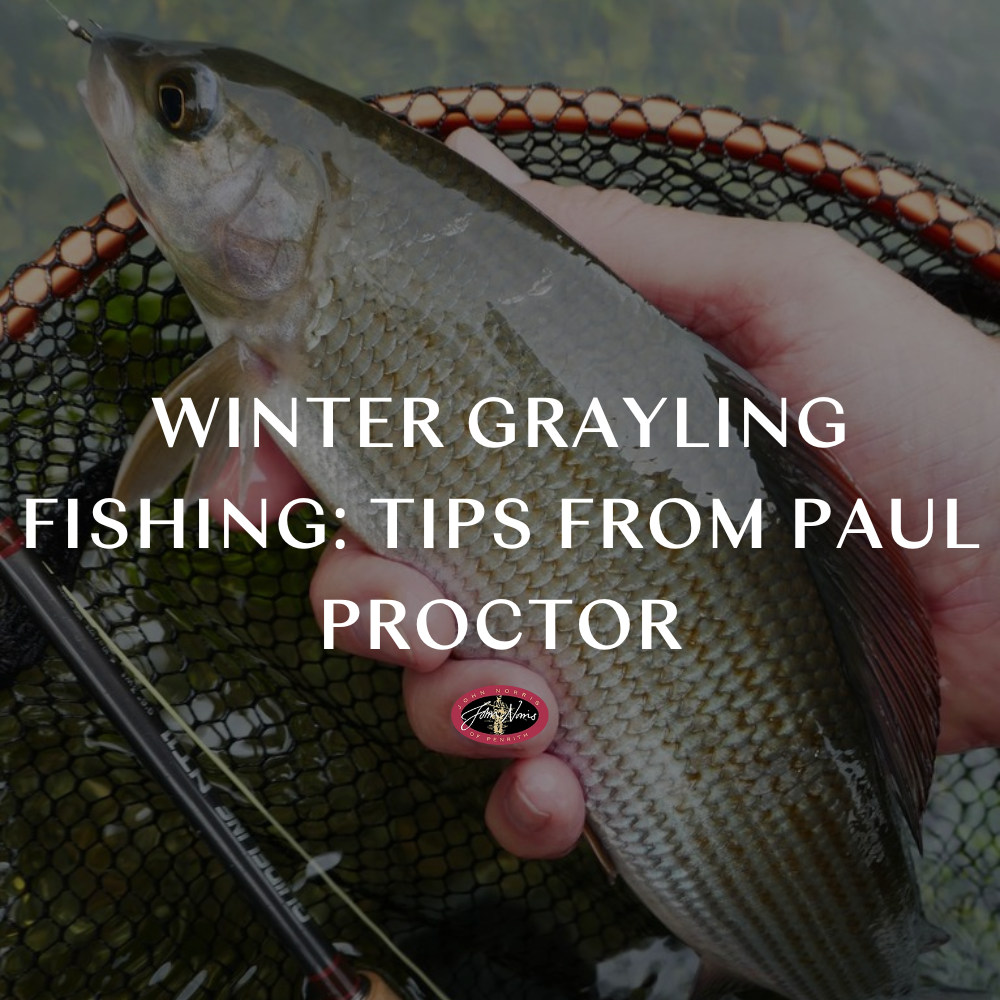Flies of the Week
Take a look at our recommended fishing flies of the week:
Salmon Fishing Flies
We're well into spring now, and for many rivers the season so far has been encouraging. Reports suggest that fresh fish have been encountered regularly, with only the recent dry spell slowing the action. The Lower Eden for example has seen frequent catches, featuring some very special fish indeed – salmon of 27lb, 25lb and 22lb all being caught, as well as a good number in the upper teens. A River Wye monster tipped the scales to over 30lb, and Scottish Rivers have been producing fresh fish with good consistency. With a break in the hot weather, and hopefully some water, the odds look good for some new runs of fish in the next few weeks.
Recommended flies still feature a spring theme, with flashes of blue and silver in killer patterns such as the Silver Boyo, and Blue Charm. The Posh Tosh and Monkey Tube with their softer black and yellows make a good bet, their high mobility in water making them extremely enticing. Finally, the ever reliable Ally shrimp is the fly of choice for many spring anglers, and has accounted for a large proportion of fish this year, especially on the Eden. Interestingly, and worth considering, smaller sizes of flies have been very popular, notably one Eden 22lb’er being taken on a size 14 Ally Shrimp.
River Trout Fishing Flies
Recent weather has lent itself to early season river trout fishing. The warmer than normal temperatures have given prolific hatches of flies, with March Browns and Dark Olives hatching off in big numbers during the middle of the day. The trout have responded, and anglers have done well fishing nymph and wet flies during the morning and later afternoon, and covering rising fish with dry flies during the midday hatch. Already trout to nearly 5lb have been reported on the upper Eden! With these conditions in mind, the trout river fisherman needs to carry a range of flies to cater to the feeding habits of fish through the day.
The pheasant tail and hares ear nymphs are extremely effective patterns, using these on their own, or with a top dropper and a classic spider pattern such as the snipe and purple spider, takes a good amount of fish when surface activity is sparse. It’s a good idea to cast fairly short and precisely, exploring the different parts of the river and fishing the flies at different speeds by raising and lowering your line on and off the water accordingly. When fish begin to rise, the Olive Klinkhammer and winged March Brown are patterns that bring takes, being good imitations of the most likely food source.
A top tip in the early season is to combine both wet and dry, and fish a dry fly trailing a small nymph. Tie a 2ft length of line directly to the bend of a size 14 Klinkhammer, and fish a small nymph underneath. This method, coined in New Zealand, is deadly for searching out trout, and covers different fish feeding levels.
Reservoir Trout Fishing Flies
Now its April, most trout fisheries are up and running. It’s often a great time to get out, with some prime conditioned overwintered fish to be caught, coupled with the fact that the fish haven’t been fished for in several months. Again, with recent weather, fish are likely to be fairly mobile and on the hunt. Insect life is increasingly abundant, and hatches of buzzers will soon preoccupy the fish. The still water angler should be prepared, and should ensure a range of flies is taken to the water. Apps bloodworm is a deadly fly, and often matches the diet of early season fish, as does the black epoxy buzzer as the water warms up and the fish start to ‘top and tail’ at these little insects. The Diawl Bach fly is becoming more and more popular with reservoir anglers nowadays, mimicking a small nymph, and with a thin body, the fly has a knack of taking fish when others wont. It can be fished as a point fly, behind a buzzer and might just make that extra bit of difference.
The key at this time of year is experimentation, finding what the fish want and where they want it. Stripping lures such as the Fritz nymph always provides a good chance, and the phenomenal Orange blob seems to catch fish almost unquestionably. Read the water, and adapt the flies to the fish.










